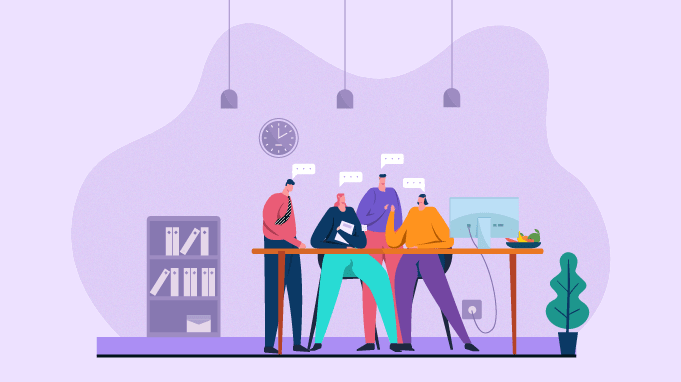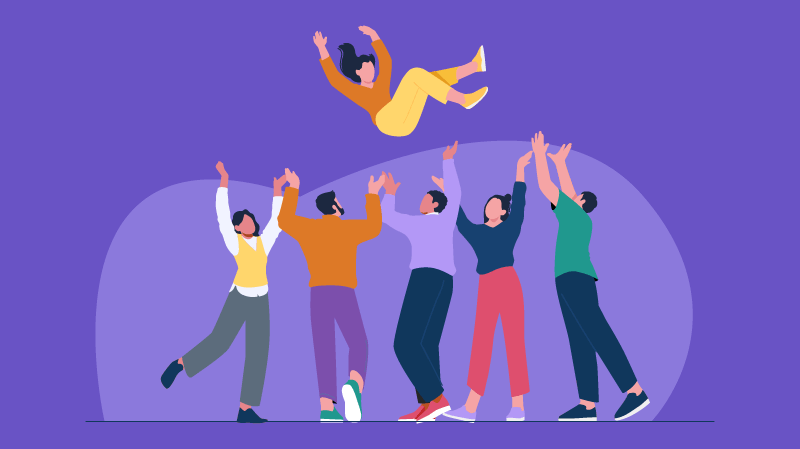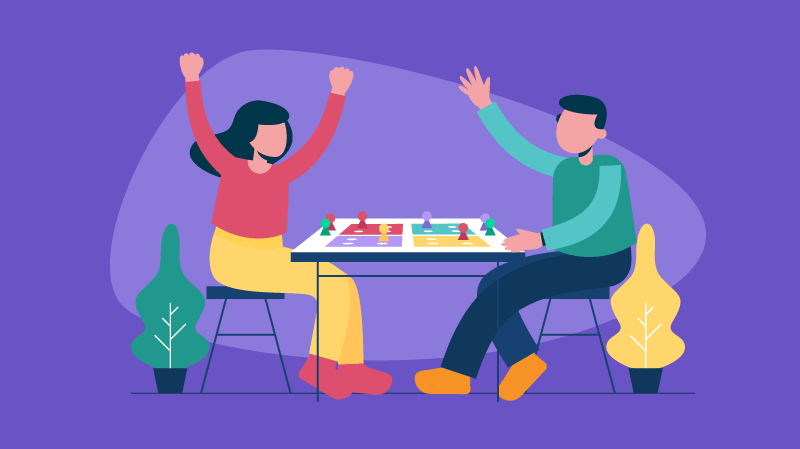Impact Of Workplace Design On Employee Engagement
Smart chief executives see workplace design as an investment to get the best from their people.
Modern workplace design helps to boost employee engagement and improve productivity. Employees who can choose where and how they want to work are much more engaged based on their type of work.
Employees spend most of their time in the workplace. Thus, Thus, it would help if you considered the physical work environment. It includes factors like air quality, lighting, interior layout plan many more. All these impact employee health, satisfaction, wellbeing, and creativity.
Defining Workplace Design
It is the process of setting up a workplace, to optimize performance and workers' safety. Yet, it is a little complicated because there is no 'one size fits all approach to get the best design. Understanding what features of workplace design will suit your employees is the key.
The Basic Drivers of Workplace Design
Several factors contribute to changing workplace design trends. The chief drivers of this evolution are-
Demographic Shifts
Today, millennials contribute 40% of the workforce. It tends to cover three-quarters of all workers by 2025. Also, the first Generation Z has already entered the job world. Both the generations grew up with modern technology and the latest advancements.
It will continue to create the need for an ever-changing, collaborative workspace.
Technological advancements
Technology continues to transform workplaces and the different aspects of communication. It enables greater intelligence and human-centered design.
Retaining talents
In a talent-tight job market, recruiting and retaining have become quite a challenge. Skilled workers get influenced by appealing workplace designs. Thus, employers must find ways to do their work up to expectations.
Research data
Research says that a proper evidence-based workplace design boosts happiness in the workplace. It increases focus, reduces stress, and improves employee engagement. As per industry experts, this data-based design will continue to trend in the future.
Financial budget
Today, for most companies, workplace maintenance stands at the top of the expense list. Because of the changing demands of employees, it isn't easy to decide the needs. Thus, it becomes a concern in budget-making.
Yet, employers make the best efforts to create the best workplace. As such, creativity, teamwork, and productivity don't get hampered.
In recent years, there is a renewed focus on workplace design. The aim is to improve employee engagement in exciting ways. It is because workers who are satisfied with the workplace show higher engagement.
One-third of employees in organizations are neither engaged nor disengaged. Although they don’t hurt, they also don’t benefit the organization.
But, a slight change in the engagement can bring a significant improvement in the day-to-day business. And, one great way to get this change is by making some significant adjustments in the work environment.
Designing a resilient workplace has the highest impact on engagement levels. Here are a few ways of how workplace design boosts employee engagement strategies.
Here How Workplace Design Impacts Employee Engagement
1. Improves Communication Meeds
Employees expect to achieve real-time information about their organization. In any communication or interaction, physical office spaces play a major role.
A cozy desk area is never enough. The office design should allow people to work as teams. It should support co-creation and help share ideas without interruption.
Let’s understand the same with examples.
Facilities like couches, break rooms can be effective in striking a conversation.
A conference room can make video conferencing across continents and time zones easier.
An open office can help to break down the barriers between departments.
Meeting rooms can turn into collaborative spaces to bring a completely new feel.
2. Promotes Inclusion
Workplaces are diverse by interests, gender, ethnicity, and age. The concept of bringing them together is the ‘universal design.' It is also known as “inclusive design.”
The goal here is to include all workplace workers by providing everything they look for. It includes enabling everyone to access office equipment and resources.
Examples of inclusive workplace design include features which you may experience daily. Some of them are as follows:
-
Suitable door handles and openings for people with limited manual dexterity.
-
Ramps as well as stairs.
-
Ergonomic keyboards for disabled people.
-
Elevations along walkways, corridors for the impaired.
-
Textural and multi-colored walls and surfaces for the impaired.
3. Makes Way To The Worker’s Heart Through Their Stomach
There is another thing that all employees love- food. A food corner where you provide the essential ingredients and the employees do the rest can work wonders. Coming to work on a Monday morning and finding no coffee can be disheartening. An instant coffee machine can build mental focus and alertness.
4. Encourages An Employee Centric Workplace
Employee-centric companies care for the physical, emotional, social needs of employees. They offer flex-time, wellness plans, rewards and recognition programs and, the like. Yet, it’s vital to meet the employee needs within the office itself on a day-to-day basis.
Employee-centric workplace designs can make employees feel valued. It has the following benefits-
It helps to foster strong working relationships with better access to amenities.
Employees feel a strong connection to their superiors and their missions.
It combats disengagement, enhancing creativity and clarity of thought.
Healthy physical workplace practices create comfort, reduces stress, headaches. Thus it contributes to overall health.
The fact that employees are able to make choices drives innovation.
Flexible work timings result in higher satisfaction and lower turnover.
Encouraging personal sharing among employees fosters employee bonds to connect better.
Thus, designing an employee-centric workplace helps the employees to become their best selves.
5. Lifts The Mood And Productivity With Aesthetics
Aesthetic interior design encourages employees to feel motivated and work harder.
Walls dedicated to teams, awards, or testimonials have positive psychological impacts.
Natural lighting, greenery, and added indoor plants could make spaces feel calmer. Thus, it helps in boosting employee satisfaction.
They will feel amused and energized to be more productive and efficient. It leads to the success of the organization.
Final Words
In 2019, India saw the real estate market grow with a high office space leasing record. It was motivated by creative space planning.
Smart organizations like the BFSI firms, tech houses and conglomerates already know that workplace designs are more like engagement tools.
Also, workplace design post-Covid-19 will look completely different. Right from seating arrangement to meeting rooms will require different settings, considering the social distancing norms. If you haven’t thought of this yet, it’s time that you plan the ‘Post Covid Destination Workplace’ for your employees.


















